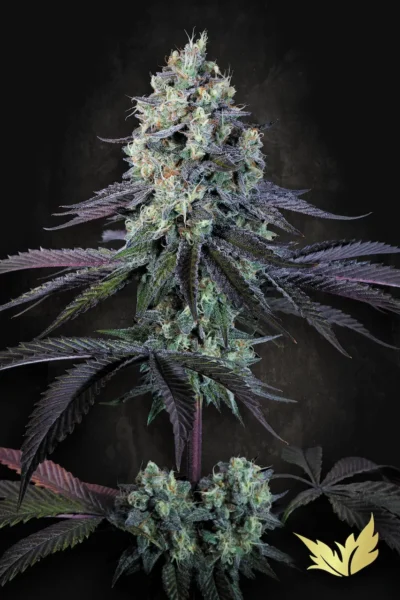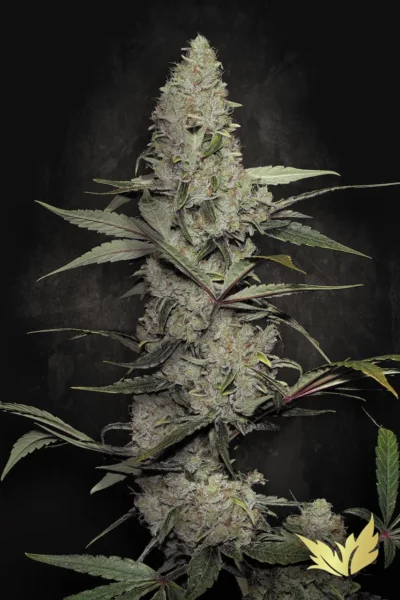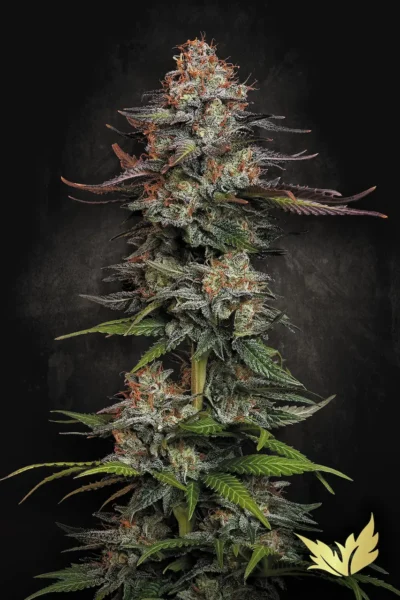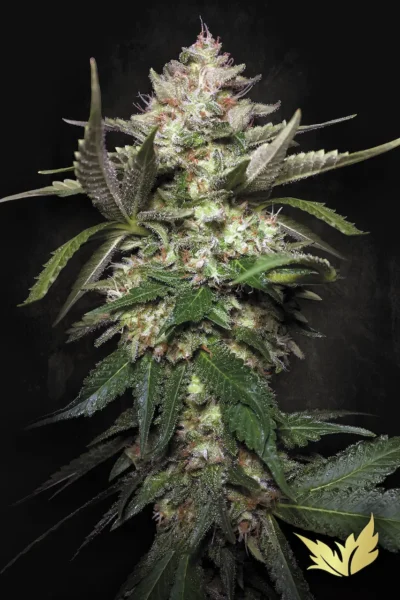It’s going to be a tough winter for growers caught in the cross hairs of the energy crisis.
In this blog we take a look at some measures you can take to protect you from huge cannabis growing bills with 5 tips to save energy costs in your grow room.
1. Check your electricity tariff to save grow room energy costs
So some of the tips in this article may require some investment but here’s a quick and simple way to make sure that you are paying the lowest electricity costs in your cannabis grow room. Most energy companies charge a peak rate for electricity but will have cheaper prices off-peak. Check with your provider to see where the cheapest costs are. Normally they begin late in the evening and run through the night until morning. Use this to guide you in regards to the best time to have your lights running.
2. Switch to LEDs to save energy costs in the grow room
Yes we know that the debate about HPS grow lights and LED grow lights has been rumbling on for the past few years, but the energy crisis is almost certain to push the trusty HPS out of fashion. While savings estimates vary between 30 – 70% savings between HPS grow lights vs LED grow lights, the undeniable truth is that LEDs are cheaper to run. As LED lights are cool (ie they don’t give out the same amount of heat as HPS grow lights) there is less need to regulate temperature to save energy in the grow room. It may be less of an urgency this winter, but it’s worth considering if the energy crisis rolls into next summer.
3. LED tricks to lower grow room energy costs
For the growers who are already using LED grow lights, then there are ways to make savings through how they use their set ups. Using an LED light with a dimmer gives the flexibility to reduce the intensity of the light as flowering plants approach harvest. Based on a 9 week flowering plant, Paradise breeding team suggests:
– Veg stage, use at 25%
– Week 1 flowering, use at 50%
– Week 2 – 3, use at 75%
– Week 4 – 8, use at 100%
– Final week, use at 50%
Using light rails will also help to improve energy efficiency in the grow room, allowing 1 light to cover an area of 2-3 meters.
4. Check the energy efficiency of fans and other grow equipment
Many growers have a set up which has organically developed over time, especially if you don’t have the budget to high spec everything on the initial installation. Now is the time to take a look at your equipment and assess whether you have any obvious sources draining your energy. Consider switching to a passive hydroponics system or upgrading to an EC fan.
5. Select fast finish strains to save energy costs
As we head into a winter of higher energy bills, this is the time to choose cannabis strains which have shorter flowering times. By reducing the weeks your plants spend in the grow room, you can save precious cash! Autoflowers are an obvious choice, such as a high yielding strain like Auto Kong 4, but photoperiod plants which are indica dominant will help to speed up the grow process. Quick finish strains (50 – 60 days) with medium to high yields include consistent Paradise favorite, Wappa, Durga Mata, Sunset Paradise and Purple Mints.
-
€35.50 – €96.50 Select options This product has multiple variants. The options may be chosen on the product page
-
🏆 Sale!
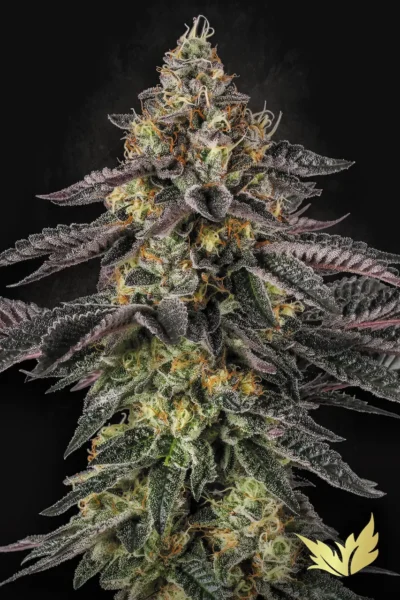
€39.50 – €108.00
€29.63 – €81.00 Select options This product has multiple variants. The options may be chosen on the product page -
€22.50 – €59.50 Select options This product has multiple variants. The options may be chosen on the product page
-
€22.50 – €59.50 Select options This product has multiple variants. The options may be chosen on the product page
-
€29.50 – €79.00
€22.13 – €59.25 Select options This product has multiple variants. The options may be chosen on the product page
How to survive energy blackouts and power cuts in the grow room?
You can take steps to reduce energy use in the grow room and help to reduce those cultivation costs, but the actions of energy providers may still provide major obstacles for the European grower this winter cultivation season. While there is no speculating as to what may happen, it certainly pays to be prepared for the worst if energy operators start introducing measures to ration energy supplies.
While it is harder to plan if blackouts occur randomly, it is likely that plans will be put in place with advanced warnings of when power cuts may happen. Therefore cannabis growers will need to have their own contingency plans. If this nightmare scenario does take place then the best advice is to make sure your grow room is in synch with any black out schedule to ensure that when the power goes off the plants are in a dark period.



